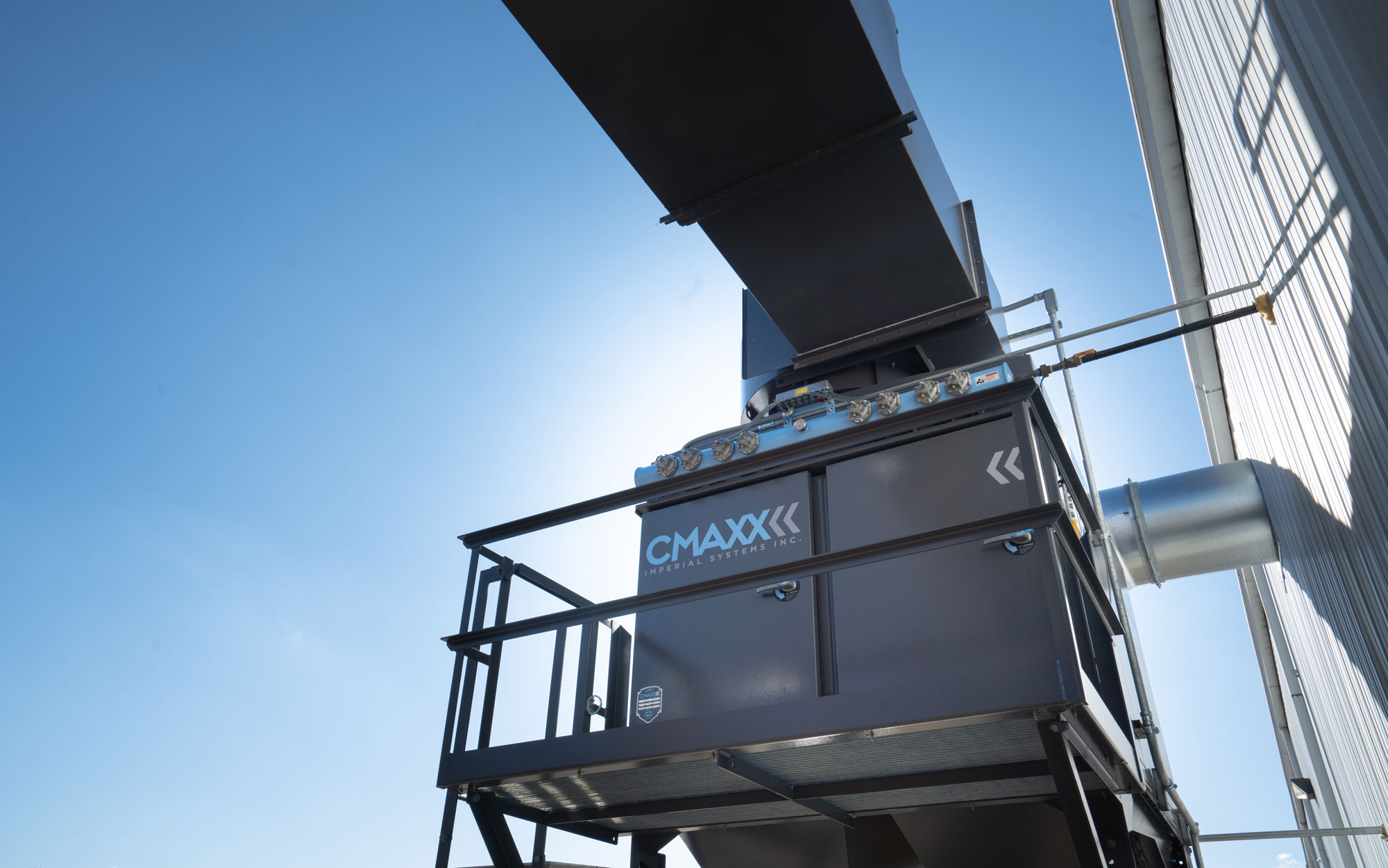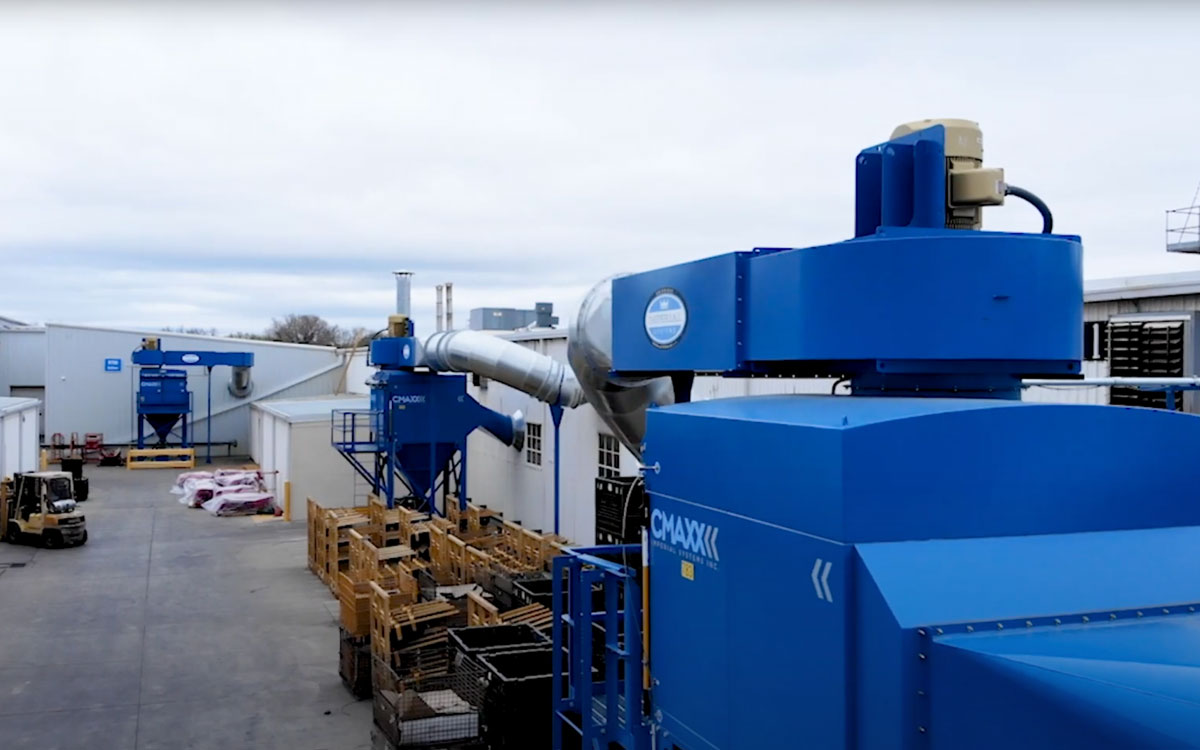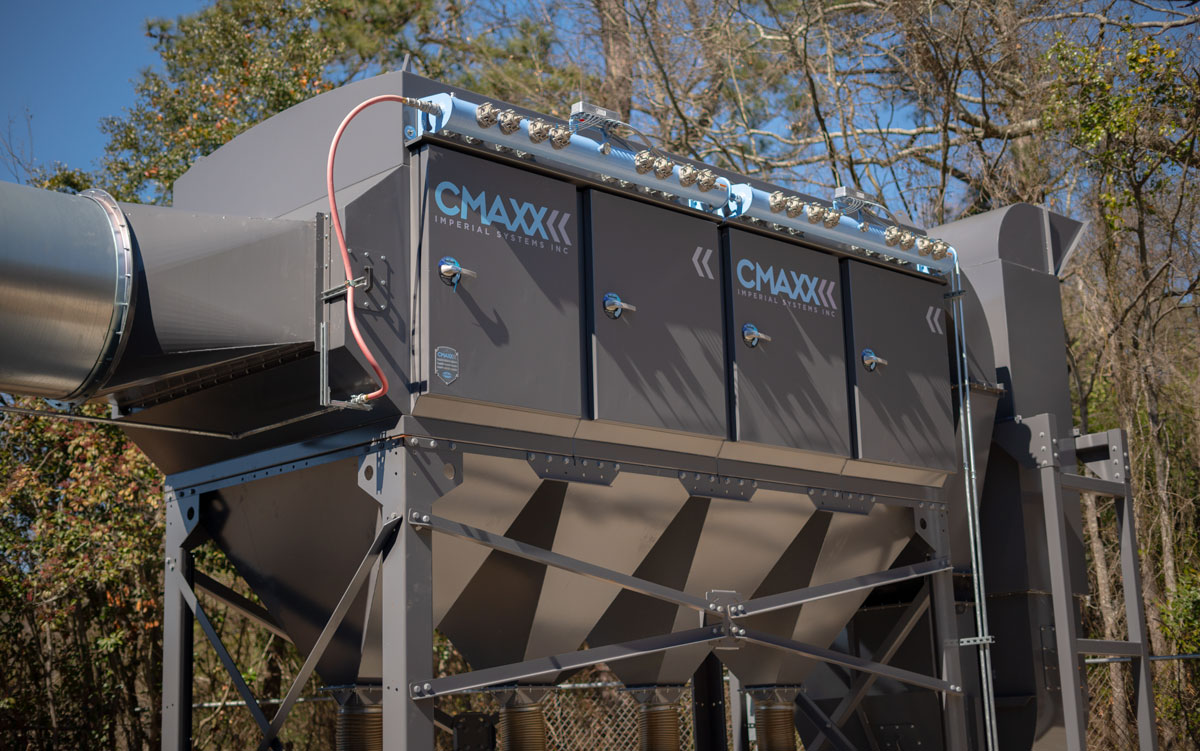In 2008, the OSHA National Emphasis Program on Combustible Dust became official. As a result, this left many people asking what a “national emphasis program” means. Does it require businesses to take any action? Moreover, does it create any new fines or penalties?
One thing has become clear since 2008: the National Emphasis Program OSHA instituted has some teeth. While businesses cannot be fined under the Combustible Dust NEP, OSHA inspectors are using other regulations to fine companies for combustible dust issues.
Why did they create the National Emphasis Program?
Safety organizations like the Chemical Safety Board have been pushing for an OSHA combustible dust standard. To this end, they cite several disasters related to combustible dust. In many of these cases, the obvious hazards should have been addressed.
The strongest push came after three major accidents that all happened in 2003. First, West Pharmaceuticals had plastic dust accumulated in the ceiling which ignited, killing six people. Second, CTA Acoustics had a buildup of resin dust which caught fire and caused seven fatalities. Third, Hayes Lemmerz suffered multiple explosions of aluminum dust. Aluminum dust is a well-known hazard that should be managed.
The OSHA NEP did not create any new standards. But it did inform federal and state inspectors how they could focus on combustible dust and standards that already existed. Companies should already be following these standards. So inspectors can issue fines for them.
The OSHA National Emphasis Program also creates educational materials about combustible dust. These are available on OSHA’s website. They explain the basics of combustible dust hazards and ways to reduce the risks.
What does the OSHA National Emphasis Program do?
The OSHA NEP puts a focus on inspecting companies that handle or create combustible dust. There is no specific combustible dust rule that OSHA can fine a company for violating. However, under this program, OSHA has been issuing some serious fines using existing rules.
Federal inspectors found over 4,900 infractions during combustible dust related inspections. This is according to OSHA in the year after the National Emphasis Program was put into place. Since there is no specific combustible dust standard to violate, most of the violations fell into these categories:
- Hazard Communication (27%)
- Housekeeping (20%)
- Electrical (11%)
- Personal Protective Equipment (11%)
- Fire Extinguishers (11%)
- Other General Duty Clause hazards
How do these rules relate to the OSHA National Emphasis Program and combustible dust?
Hazard communication rules state that for any hazardous material, there must be plans in place for handling it. The employer must communicate this plan to all employees. Further, everyone must be aware of the steps for handling the material safely.
Employers may be in violation of this rule if they do not make their employees aware of a combustible dust hazard. In addition, they must implement a plan for managing the hazard.
Housekeeping rules and combustible dust make sense. The OSHA NEP can be enforced when a facility fails to keep up with housekeeping. For example, keeping dust off floors and flat surfaces. Allowing combustible dust to gather causes many dust explosions. At the same time, this provides fuel for secondary explosions.
Citations for electrical issues related to combustible dust focus on faulty electronics or wiring. As a consequence, these could provide an ignition source for combustible dust. Airborne dust that meets an electrical spark can ignite and cause an explosion.
Personal protective equipment (PPE) citations under the OSHA NEP happen when workers are exposed to various dust hazards without PPE. This might include respirators or skin protection.
OSHA has many rules involving the placement and inspection of fire extinguishers. Likewise, employers can be cited during an OSHA NEP inspection for breaches of these.
Hazard-free Workplace
The General Duty Clause states that an employer “shall furnish to each of his employees a place of employment which is free from recognized hazards that are causing or are likely to cause death or serious physical harm to his employees”.
This is very broad. Under this rule, the OSHA National Emphasis Program can cite employers for any situation that puts employees at risk, including combustible dust.
One major reason? “OSHA found that the majority of facilities inspected under the NEP had dust collectors located inside the buildings without proper explosion protection systems”.
What does the OSHA Combustible Dust NEP mean for employers?
The National Emphasis Program does not put any new rules on employers. However, it does allow OSHA inspectors to inspect based on possible combustible dust hazards. This means that any type of workplace handling combustible dust can face an OSHA NEP audit.
If you have no safety violations in any of the areas listed above, you probably will not be cited under the OSHA Combustible Dust NEP. Most of OSHA’s citations under this standard have been “serious” or “willful.” In other words, putting employees in real danger or knowingly ignoring an existing hazard.
To make sure, now would be a good time to contact Imperial Systems, Inc about our ServiceMAXX program. We can inspect and review your existing dust collection system. Then you can address problems to make sure employees and the workplace are safe.


